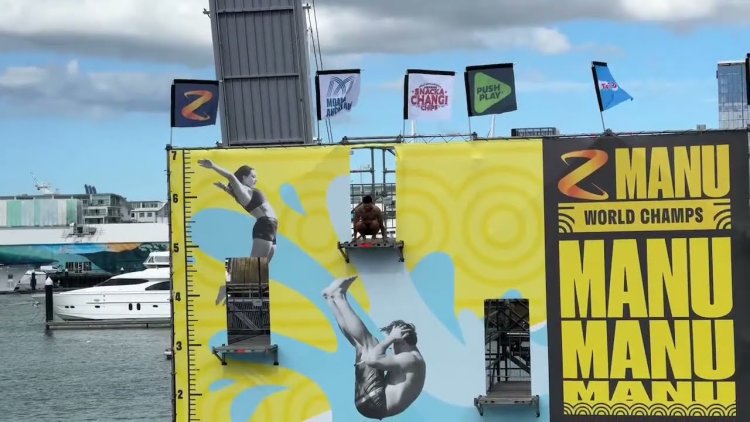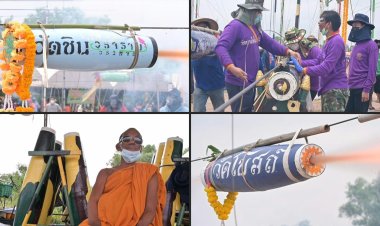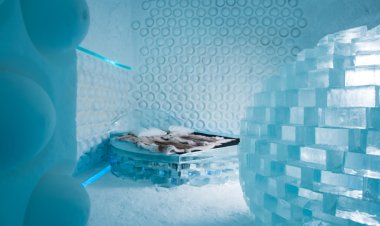Manu World Championships Make a Splash

A beloved New Zealand summer pastime, to dive into water and generate the biggest splash possible, has taken on a competitive flavor at the inaugural "Manu" world championships in Auckland.
The Manu is a divebomb method thought to have originated in New Zealand about 30 years ago and is practiced fervently at pools, rivers and ocean diving spots across the country.
Some consider it a rite of passage to spend hours on a warm afternoon honing a technique in which the lower back enters the water first, with the body following in a "V" shape -- arms and legs extended.
Scott Rice, organizer of the self-proclaimed "world championship" event, estimated about 5,000 Manu dives would be judged across a series of qualifying events ahead of the final on March 9.
The grand prize is $18,600.
Unlike Olympic diving, where athletes seek the smallest splash possible, Manu judges look for height and volume in the splash, along with a "pure" sound upon impact, said Rice.
Former All Blacks rugby union great Sean Fitzpatrick was among competitors leaping from three-meter and five-meter platforms at a world championship qualifying event, seeking the "pop" needed upon splashdown to send a plume of water skywards.
"Do I want to be a Manu world champion? Well, that's why I'm here," he said.
"I'm getting a bit old and long in the tooth and taking on some of these young kids -- but we'll see how we go."
Fitzpatrick, who captained the All Blacks in 51 of his 92 matches, said he has been taking advice from rivals.
"To do the Manu, you've got to get your leg tuck right and as soon as you've got your backside into the water, immediately try to straighten your body to get the right 'pop'. I've been told that's the way to do it."
Fitzpatrick, who won a Rugby World Cup winners medal in 1987, said he was setting his sights on a second world title at the age of 60.















